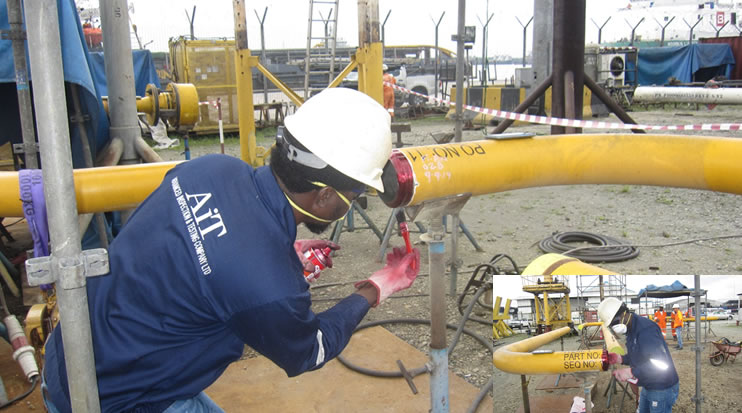Dye Penetrant Testing

Dye Penetrant or Liquid Penetrant Testing (DPT/LPT) is also a kind of Surface Testing similar to MPT.
Dye penetrant testing is a very low cost basic level NDT. This method works on principle of capillary action.
In penetrant testing, a liquid with high surface wetting characteristics is applied to the surface of a component under test. The penetrant “penetrates” into discontinuities those are open to surface via capillary action and other mechanisms.
Excess penetrant is removed from the surface and developer is applied to pull out trapped penetrant back the surface. Thus defect detected by color contrast between indication & background.
There are various methods of Dye Penetrant Testings like,
- Solvent Removable (Visible) method
- Water Washable (Visible) method
- Water based (Fluorescent) method
- Solvent based (Fluorescent) method
- Post-emulsifiable, Lipophilic (Fluorescent) method
- Post-emulsifiable, Hydrophilic (Fluorescent) method
Career path
Adding expertise by achieving additional methods/techniques certification improves your job opportunities and options and often leads you down a more fulfilling and exciting career path.
Advantages
- Relative ease of use.
- Can be used on a wide range of material types.
- Large areas or large volumes of parts/materials can be inspected rapidly and at low cost.
- Parts with complex geometries are routinely inspected.
- Indications are produced directly on surface of the part providing a visual image of the discontinuity.
- Initial equipment investment is low.
- Aerosol spray-cans can make equipment very portable.


